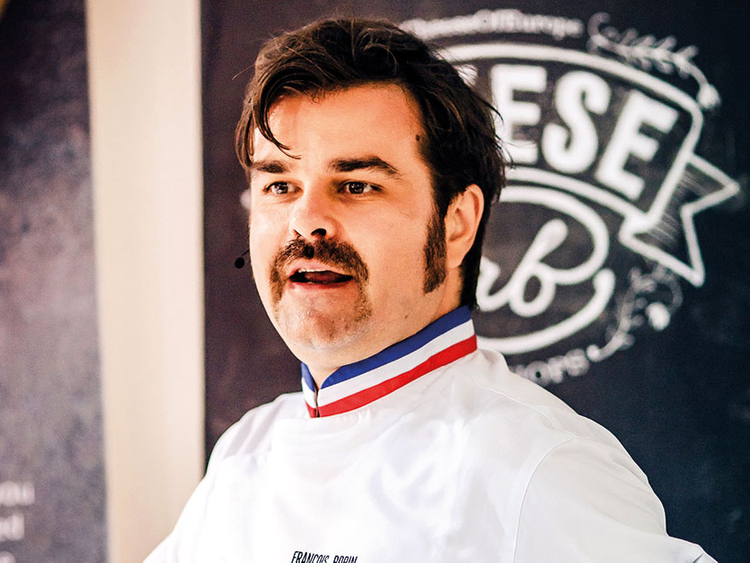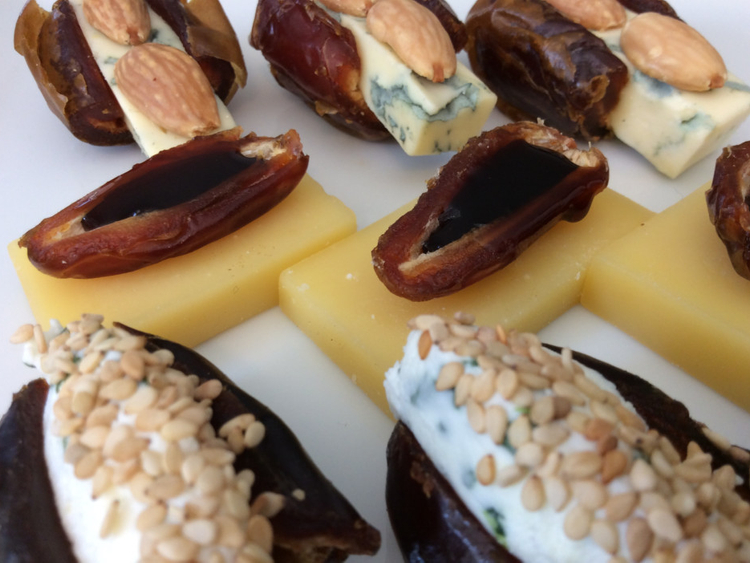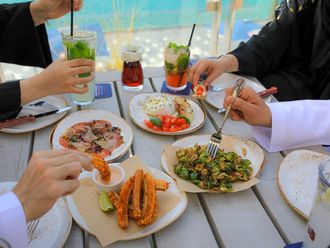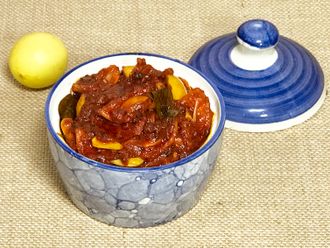
You might say Francois Robin is a big cheese. That isn’t just because he’s French, or because he was born on a farm, or because he went to French Cheesemonger School (yes, really!). It’s because he was formally awarded the lifetime designation of Un des Meilleurs Ouvriers de France (or the Best French Craftsman) in 2011, after years of preparation. In rarefied French circles, that means he’s the go-to man for a quick education — or a perfect bit of cured milk.
You can do that too this weekend, when the cheese instructor and consultant hits the UAE to front the new cheese corner at the Dubai Winter Festival, where he’s running demonstrations and workshops, educating attendees in navigating cheese and creating cheeseboards. We composed a few questions for him last week:
How does one approach a cheeseboard?
There are only two rules to navigate a cheeseboard: the first is start with the milder; finish with the stronger cheese, so you don’t saturate your palate with too powerful cheeses. The second rule is doing whatever you want on the second round! You are totally free to enjoy cheese without ceremonial. In France, having cheese is a sharing moment, a friendly moment when we pass the board from one guest to the other.
When tasting a cheese, what should you look for? Which part of the tongue should it hit?
You should take the time to smell the cheese before you eat it, most people forget to. You can then discover new aromas. When the cheese is in the mouth, just chew it focusing on textures and new sensations that may appear. Tasting cheese is about having a great time more than technique!
When making a cheeseboard, what’s the minimum number of cheeses required?
You should always present at least three kinds of cheeses in order to be sure that your guests will find cheese they love. You can of course offer more cheeses knowing that everyone will not taste everything, but you will, the day after!
What kinds of cheeses do you put on a board?
It’s a classic French habit to present different textures and type of milk (mostly cow): a hard cheese (Comté, Beaufort), moist one (Morbier, St Nectaire), a goat (Chabichou du Poitou, Picodon) and a blue (Roquefort, Fourme d’Ambert)
What else goes on a board? I’ve seen nuts, fruit and quince jelly but even syrup or honey.
Everything that is on your mind and that you tried (and approved) before: fresh fruits, but also dates, nuts, roasted almonds, dried figs, jams, honey or even pomegranate molasses.
How about the ideal carb vehicle?
In France, we eat various breads and of course the classic crunchy and freshly baked baguette. If you prefer you can use crackers (plain or with ingredients such as dried fruits or spices) so it’s easier to spread the cheese on it. It’s also possible to use Arabic-style breads fresh out of the oven.
And what’s the ideal (non-alcoholic) beverage accompaniment?
Juices with a low acidic level such as pear or apple are great to pair with goat and blue cheeses. You can also try vegetable juices such as carrot or beetroot. Some green teas are great to pair with hard cheeses like Comté or Ossau-Iraty. Some foodies also love to experiment black coffee with washed rinds like Maroilles.
Give us an easy recipe for an unusual cheese at home.
You can stuff dates with different cheeses such as Comté and pomegranate molasses, Fourme d’Ambert Blue and roasted almonds, goat cheese with fresh coriander and roasted sesame. Easy to do, full of taste and based on local products.
___
Don’t miss it
The Dubai Winter Festival runs from December 6 to 9. Advance tickets, starting at Dh45 for kids and Dh75 for adults (they cost more on the door), are now on sale.
FRANCOIS ROBIN’S 5 TOP RULES FOR A CHEESEBOARD
1. Keep your cheeses in proper condition, wrapped in food paper in the vegetable section of the fridge
2. Take the quantity of cheese you need for your board, not more, but try to have enough cheese of each kind.
3. Get the cheeses out of the fridge 30 minutes before you eat them. People usually put them out too early, so they get oxidised and sometimes become oily or greasy.
4. Put several knives on your board so you don’t cut all the different cheeses with a single tool.
5. Cut the cheeses in such a way — lengthwise rather than across — so the rind will be shared between all guests. You can pre-cut one slice to gently indicate the right way.


















